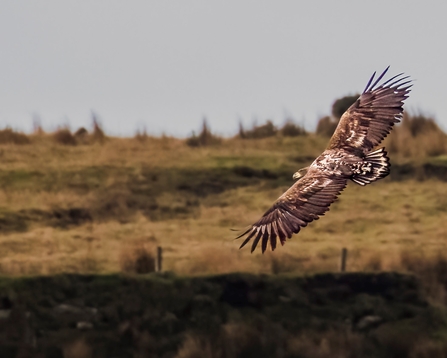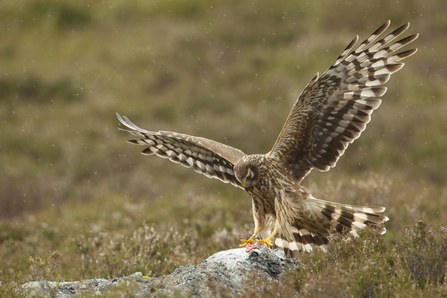
White-tailed Eagle flying high near Bodmin Moor, Image by Cat Lake Photography
Many ‘twitchers’ and birdwatchers traipse cross-country to see clouds of kites, or to catch a glimpse of an eagle. But as recent news of a white-tailed eagle (the largest UK bird of prey) on Bodmin Moor proves, you don’t have to travel outside of Cornwall to spot one of these iconic birds. Some species can even be seen in parks and gardens, as well as in more urban areas and cities.
You’ll likely find these specialists wherever there is a plentiful supply of food. Their ruthless hunting instincts mean they prey on other birds, mammals, reptiles and even large insects.





